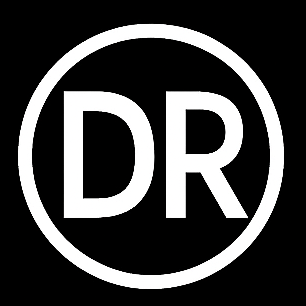Think Across Systems to Lead with Precision
A practical framework for leaders who face complex decisions across moral, strategic, and operational domains.
Why Dimensional Reasoning Matters
Most decisions do not fail because they are reckless or uninformed. They fail because they are made through only one lens. Real decisions are never just operational, strategic, or financial. They are all of these at once, layered with competing pressures and unseen dynamics. Dimensional Reasoning Theory gives leaders the clarity to see those layers before they fracture the system.
See Hidden Forces
Surface what traditional models overlook—power, perception, and moral weight.
Diagnose Misalignment
Reveal where breakdowns emerge between strategy, operations, and ethics.
Lead with Fluency
Understand complexity without collapsing into oversimplification.
The Dimensional Field of Decision-Making
Every decision unfolds across these dimensions. Each plane has its own logic, risks, and tools—and the most effective leaders know how to navigate all of them. One force stands apart: Faith does not guide decisions within the system, but gives meaning to the ones we make.
Grounds decisions in integrity, justice, and ethical responsibility—even when the cost is high or the outcome is uncertain.
Aligns action with long-term positioning, advantage, and adaptability. It answers not just what to do, but why it matters over time.
Defines what is permitted, protected, or punishable. The legal plane provides guardrails through compliance, contracts, and precedent.
Focuses on execution, repeatability, and system stability. It asks: Can this work reliably and what must be true for it to function?
Translates choices into capital allocation and economic consequence. This plane prioritizes viability, efficiency, and return on investment.
Accounts for trust, belonging, and human impact. It shapes how decisions are received, how teams respond, and whether people stay engaged.
Navigates influence, perception, and power dynamics. The political plane often determines which decisions move forward and which never surface.
Faith is not one plane among others. It does not operate through roles or rules, but through conviction that transcends them. It grounds our choices when reason breaks down and carries us forward when no outcome is guaranteed.
A decision-making framework built from real-world leadership, not theoretical models
Still Thinking It Through?
Dimensional Reasoning Theory is a decision-making framework that helps leaders see problems and choices across multiple dimensions—like moral, strategic, operational, legal, and more—rather than defaulting to one-track thinking. It doesn’t tell you what decision to make; it helps you see what others miss.
Most failures in leadership don’t come from lack of intelligence—they come from misreading the situation. Dimensional Reasoning gives leaders the lens to recognize hidden tensions, competing truths, and distorted incentives before those forces derail a decision.
Most frameworks are linear, procedural, or overly focused on outcomes. DRT is non-prescriptive and diagnostic. It’s a perceptual system, not a step-by-step method. It helps you understand what kind of decision you're facing, where the risks are layered, and what forces are at play.
It was built under real pressure, not in a classroom. DRT was developed through 20+ years of operational and strategic leadership. Every concept has been battle-tested in environments where complexity, ambiguity, and stakes were high.
It’s for anyone who makes serious decisions in complex environments—executives, operations leaders, strategists, founders, policymakers. It’s especially useful when the right decision isn’t obvious, and competing values or constraints make the path unclear.
It’s a public framework—open, evolving, and freely shared. There’s no catch. The intent is simple: to give leaders a clearer way to think when the pressure is real and the decisions matter. You’re invited to build on it, challenge it, adapt it, and expand it. The value grows when more minds engage.
Begin by reading the white paper, exploring the plane definitions, and reflecting on a current or past decision through the lens of dimensional awareness. Ask: Which planes did I miss? Where was tension ignored? This shift in perception is the first step.
Yes. This is just the foundation. Case studies, tools, and diagnostic maps are actively being developed. The goal is to equip principled leaders with clarity in environments where traditional strategy breaks down. You’re invited to stay close as it grows.




